Automotive Sector is Driving the Growth of Industrial Robots
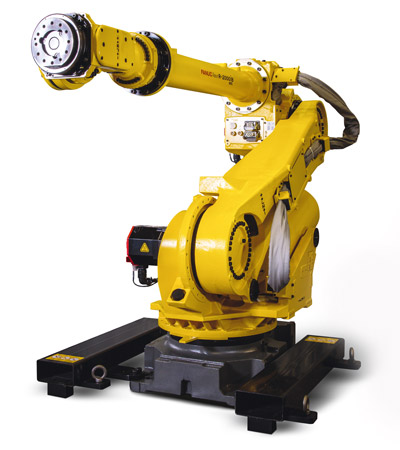
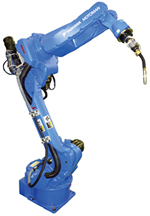
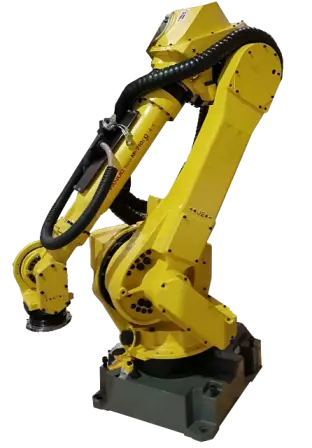
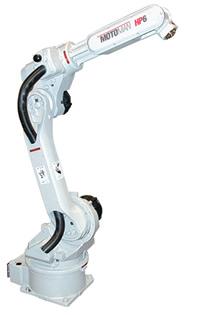
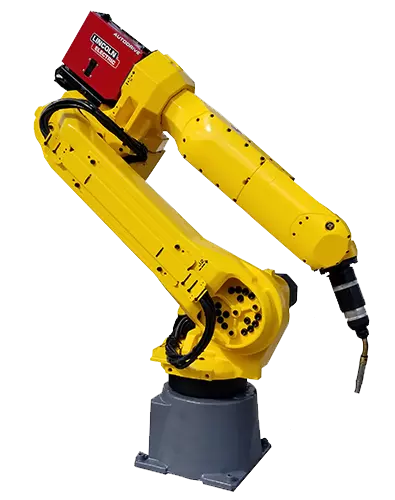
The adoption of industrial robots is growing at a rapid pace. Many companies are realizing they can no longer afford not to automate. One of the factors behind the acceleration of robotic automation is the widespread adoption of industrial robots in the automotive sector. Automotive manufacturers have always had a long history with industrial robots. In fact, the automotive industry was one of the first to implement industrial robots in the 1960s. Today nearly 30% of all active robots worldwide are used for automotive manufacturing, making the industry the largest user of industrial robots. That number is only expected to grow as automakers look to combat scarce labor and increasing production costs. The majority of auto manufacturers are looking to invest more into robotic automation. Some are automating their entire factories with robots while other are automating portions of their manufacturing process.
Articulated robots are the main type of industrial robot used in the automotive sector. The versatility of articulated robots like the FANUC R-2000ib/165F along with their full range of motion make them ideal to automate most applications involved with automobile manufacturing. Welding automation accounts for the largest use of industrial robots in the sector. Both spot welding and arc welding are automated with robots. The ABB 6640 along with other spot welding robots are utilized for welding car frames. While smaller vehicle components are typically welded using a FANUC Arcmate 120ic or other arc welding robots. Painting is another application that is commonly automated in automotive manufacturing. The automotive industry was the first to adopt painting robots and today they continue to be used. Other processes automated by robots in this industry include robotic assembly, material removal, machine tending, and part transfer.
Other types of robots used by the automotive sector include gantry and collaborative robots. Gantry robots can be used to automate part transfer, material handling, dispensing, and cutting processes. Collaborative robots are relatively new to automobile manufacturing. Since these robots can operate collaboratively with workers or assist them, they are being implemented for tasks that previously could not be fully automated. Cobots are being used to assemble smaller car components such as door handles, inspect vehicles or their components, and to assist with lifting heavy parts.
Industrial robots have proven to be an ideal fit in the automotive industry. They are able to take over hazardous jobs allowing for a safer work environment for employees. Their efficiency and accuracy results in reduced material waste and errors, lowering production costs. Lower production costs through automation has provided automakers with an incentive to reshore their manufacturing. Their fast operation speeds and ability to operate twenty-four hours a day significantly speeds up production times allowing auto manufacturers to reach consumers in less time.
The adaptability of industrial robots is also beneficial to automotive manufacturers. Robots provide flexibility in manufacturing as they can be used for multiple processes and adapt to changes. Since automotive manufacturers produce a variety of car models and ones that are typically updated each year, having a flexible automation system is key.